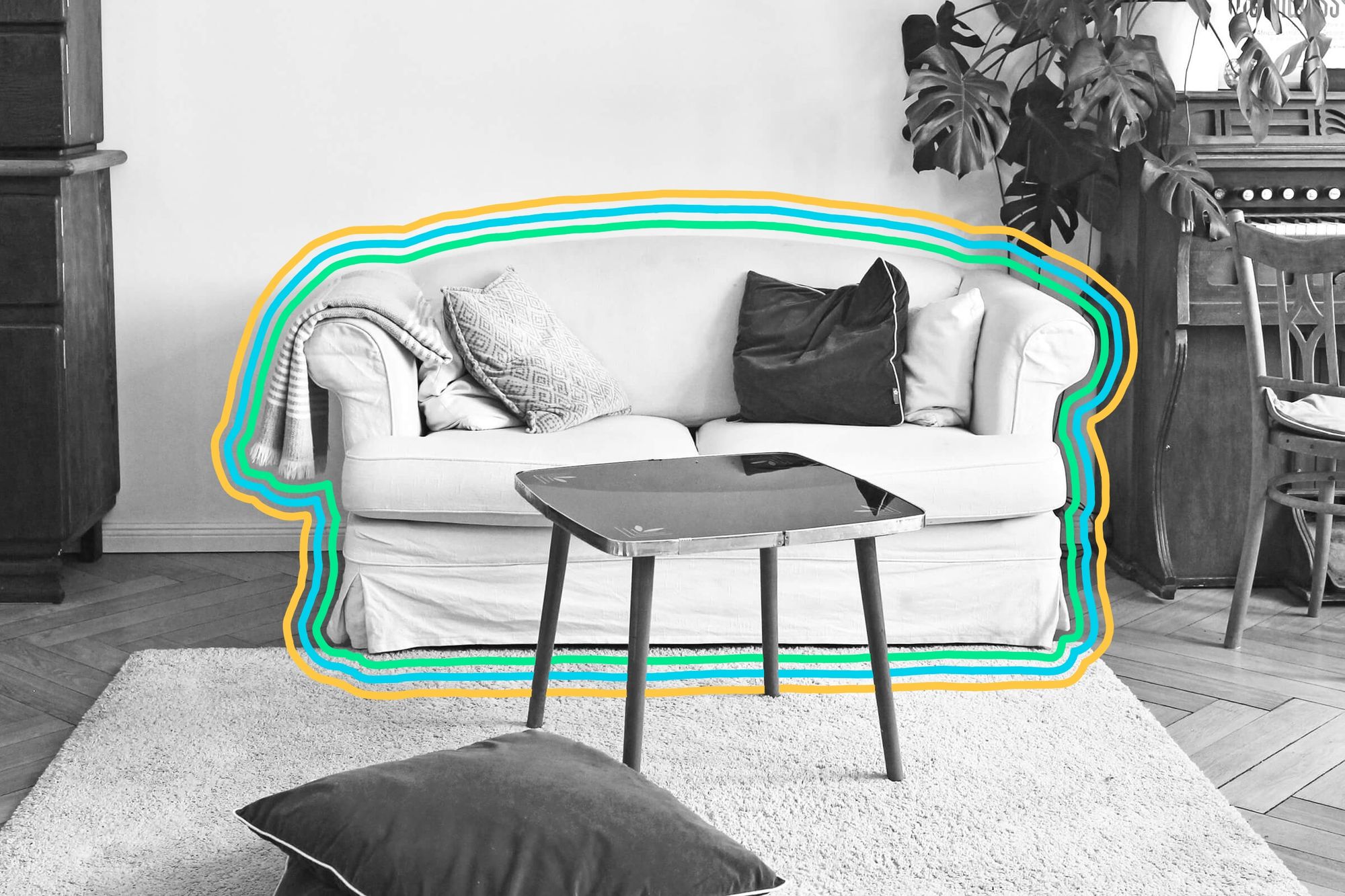

The world is full of wonders, and some of them are closer than you think. For many of the everyday items in your household, there’s an interesting backstory or long-forgotten purpose — and since it’s always a good time to appreciate the small things, read on for a few of them.
The QWERTY Keyboard Was Designed to Prevent Typewriter Jams

Before accidentally deleting a document was the worst thing that could happen to a piece of writing, typewriter jams were feared above all else. A number of brilliant minds did their utmost to alleviate this problem, but it was a newspaper editor in Kenosha, Wisconsin, who had perhaps the most positive impact on how we type today. Christopher Latham Sholes worked on several typewriter models, beginning in 1867, and eventually settled on the “QWERTY” design that is still in use today. (If the name has you confused, look at the first six letters on the top row of your keyboard, left to right.)
If that arrangement seems counterintuitive, it’s quite literally by design. This particular array of letters was meant to slow writers down, since one of the many causes of typewriter jams was typing too fast; for instance, the letters “s” and “t” were separated because “st” is among the most common combinations of letters. Seasoned typists eventually got used to the layout and continued to punch out dozens of words per minute anyway, but other advances in typewriter design eventually helped make jams far less common. By the time the modern computer keyboard overtook the typewriter, keyboards were far more durable (though you still wouldn’t want to spill a drink on one!).
Pen Caps Have Holes for Safety Reasons

If you’ve ever gotten bored enough to study the cap of your ballpoint pen, you may have noticed that it has a hole in it. This wasn’t done to save on plastic or to regulate air pressure. The design was added to prevent people — namely small children — from choking should they ever swallow one. This was first done by BIC, whose popular Cristal pen had a cap that proved more desirable amongst undiscerning children than safety-conscious parents would have liked. So while the conspiracy-minded among us tend to think that the holes are there to dry out the ink and ensure that consumers will have to continue buying pens in mass quantities, this particular design choice was actually made with public health in mind.
The Color of Your Bread Tag Has an Important Meaning

Ever wonder why the tags used to seal loaves of bread come in different colors? Far from arbitrary, the color-coded system indicates which day of the week the bread was baked. The color system is even alphabetical: Monday is blue, Tuesday is green, Thursday is red, Friday is white, and Saturday is yellow. (Traditionally, bread wasn’t delivered on Wednesday or Sunday.)
Because bread rarely remains on the shelf for more than a few days, this system is more for internal use among employees than it is for customers looking to get the freshest sourdough possible. But, if you favor a local bakery and get to know their system, you could either snag the best deals or the fluffiest dinner rolls in town.
Couches and Sofas Aren’t the Same Thing

Though usually used interchangeably, these are technically two different pieces of furniture — and the distinction lies in the words themselves. “Couch” comes to us from French, namely coucher — “to lie down” — whereas we have the Arabic word suffah to thank for “sofa.” In the most traditional sense, a sofa would be a wooden bench that comes complete with blankets and cushions and is intended for sitting. eBay's selling guide used to distinguish between the two by defining a couch as “a piece of furniture with no arms used for lying.” Though it may be a distinction without a difference these days, purists tend to think of sofas as a bit more formal and couches as something you’d take a nap on and let your pets hang out on.
The Computer Mouse Also Had a Different Animal Name

Whether you think the plural should be mice or mouses — some dictionaries accept both! — there’s no denying which animal the ubiquitous device is named after. Or is there? It turns out that early versions were named turtles, as the gadget’s hard, protective shell covers the important parts within. (You can even buy ones intentionally shaped like a turtle.) That said, the current name is so well known that it’s the same in several languages — many don’t even translate it into their own word for “mouse.”
High Heels Were Originally for Men

High heels have long been a symbol of femininity, but that wasn’t always the case. The shoes, which are thought to date all the way back to the 10th century, were invented for a practical rather than sartorial reason: horseback riding. Anyone who’s placed their feet in stirrups while sitting atop a noble steed knows that it can be difficult to actually keep your feet inside them, and some enterprising equine enthusiast eventually realized that an extended heel allowed for a more secure fit.
In addition to leisure, horseback riding was a crucial element of warfare, meaning that there was a time when entire armies rode into battle wearing high heels. Eventually people realized that this kind of footwear was pleasing to the eye, and in the 17th century high heels became a gender-neutral fashion statement — especially among those who wanted to show off their upper-class credentials (heels were associated with horses, and only the wealthy tended to own them). As for how heels became linked to women, it wasn’t haute couture but rather pin-up photography that brought them back en vogue.
